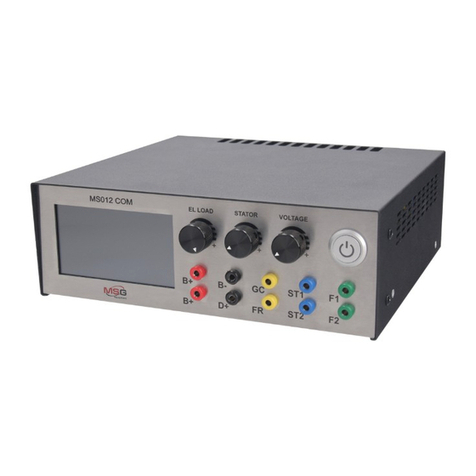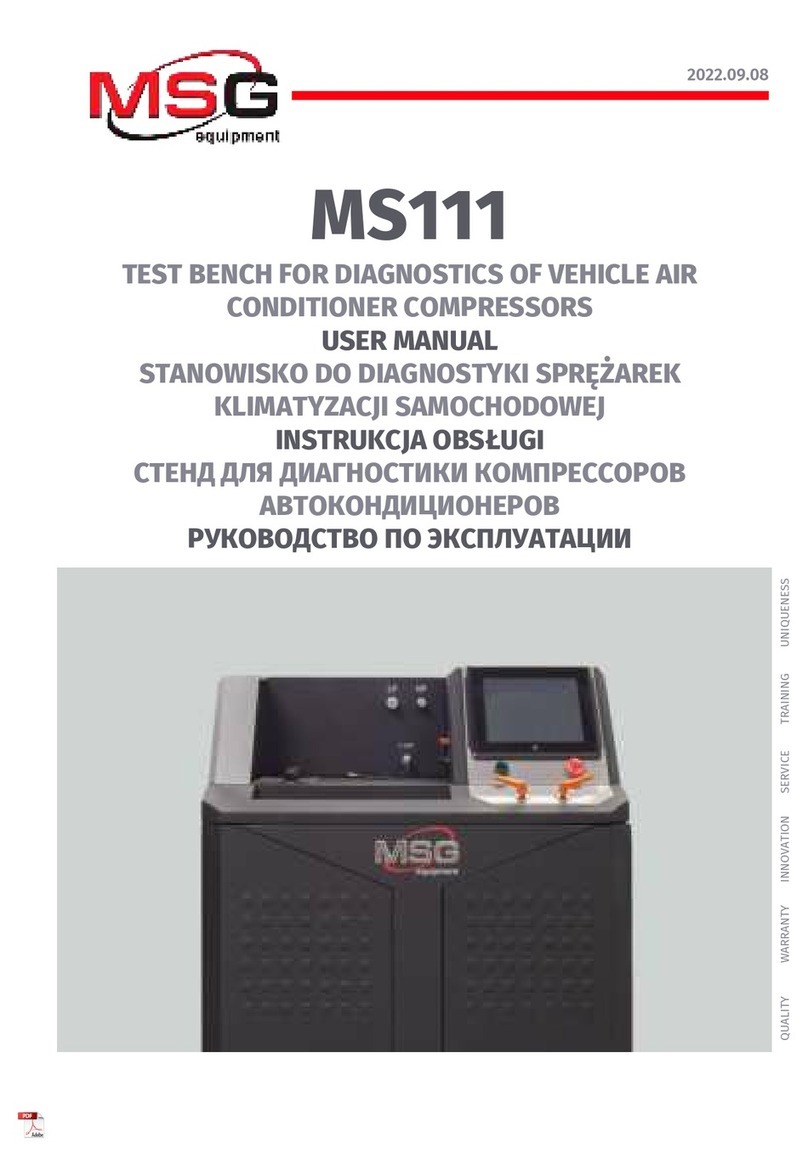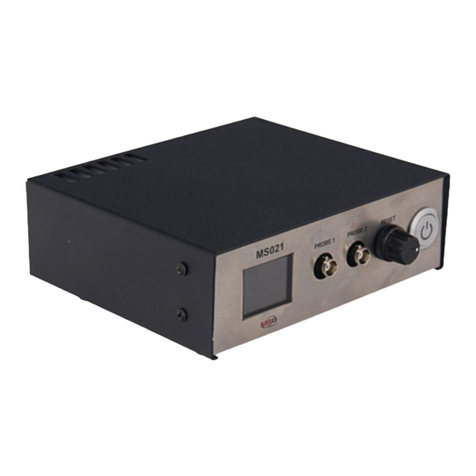
English
Test bench MS005
3
CONTENTS
INTRODUCTION....................................................................................................................................................4
1. TEST BENCH DESCRIPTION............................................................................................................................5
2. TEST BENCH MENU........................................................................................................................................10
3. APPROPRIATE USE........................................................................................................................................12
3.1. Safety Guidelines...................................................................................................................................12
4. ALTERNATOR DIAGNOSTICS .......................................................................................................................13
4.1. Connection of the wires of diagnostic cable to alternator connector terminals.................13
4.2. Alternator diagnostics menu .............................................................................................................16
4.3. Alternator diagnostics in manual mode..........................................................................................19
4.4. Alternator diagnostics in automatic mode.....................................................................................21
5. STARTER DIAGNOSTICS ...............................................................................................................................23
5.1. Starter diagnostics menu ...................................................................................................................23
5.2. Starter diagnostics............................................................................................................................... 24
APPENDIX 1.........................................................................................................................................................25
CONTACTS.......................................................................................................................................................... 28
APPENDIX 2 ........................................................................................................................................................81




































